With attention spans getting shorter and competition fiercer, brands are constantly searching for that magic formula to stand out. But the answer isn’t always a bold campaign or viral moment – it’s often something far simpler: familiarity.
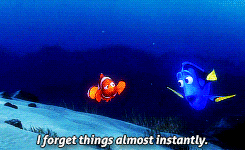
There’s a psychological principle that explains why we’re drawn to things we’ve seen before. It’s called the Mere Exposure Effect, and when applied consistently, it can be one of your brand’s most powerful tools.
What is the Mere Exposure Effect?
First discovered by social psychologist Robert Zajonc in 1968, the Mere Exposure Effect describes our tendency to develop a preference for things simply because we’re familiar with them. In other words: the more we’re exposed to something – whether it’s a face, a logo, a jingle or a headline – the more we tend to like it.
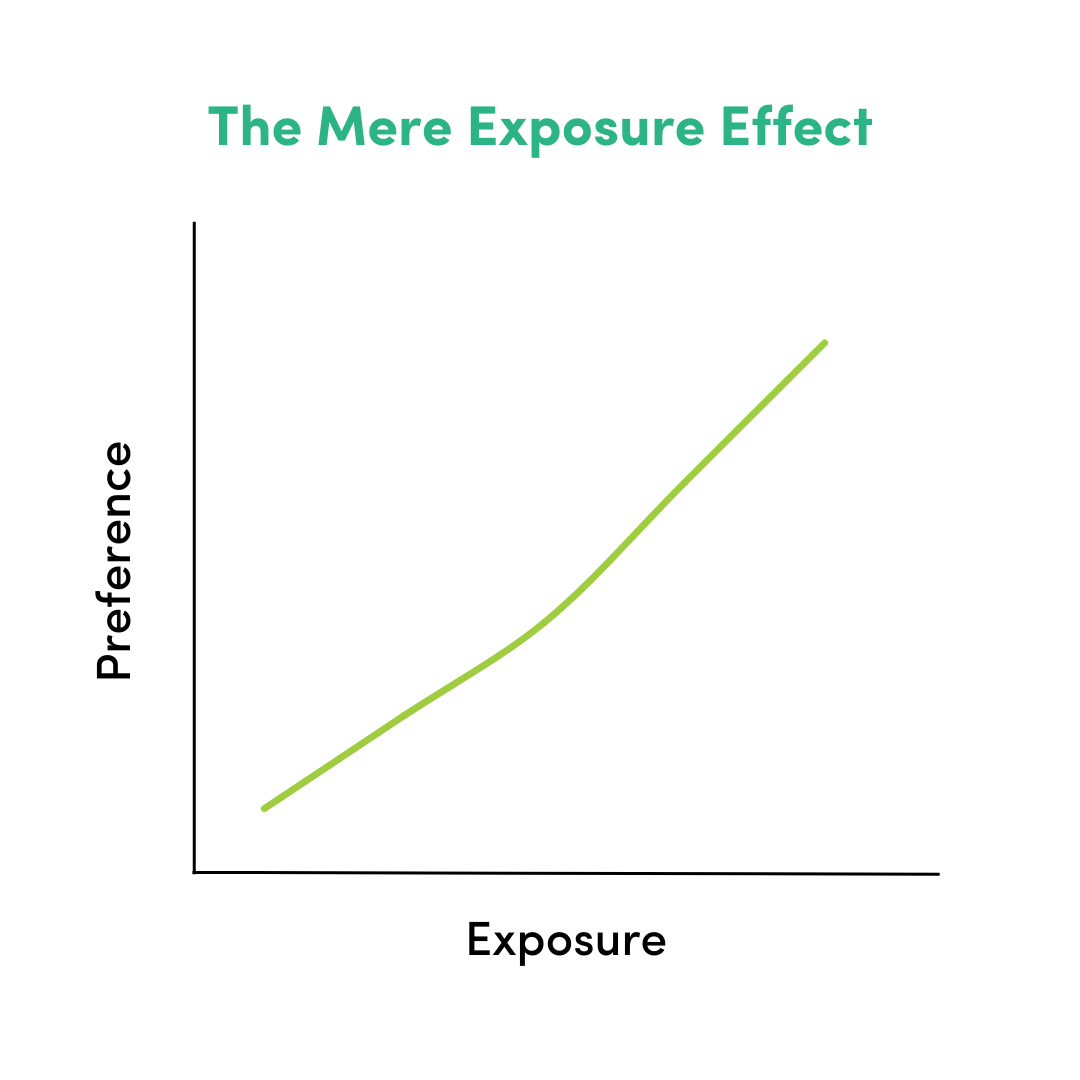
This psychological phenomenon works quietly in the background. Even if your audience scrolls past your ad without clicking, just seeing it contributes to a sense of familiarity. And that familiarity builds trust over time.
Why it matters in marketing
People rarely buy from a brand the first time they see it. More often than not, buying decisions are the result of repeated, low-pressure exposure. Think about your own habits – how often have you chosen a product, not because it was the best on paper, but because you’d “seen it around”?
That’s the Mere Exposure Effect at work.
In a world where digital feeds are overflowing, the brands that show up consistently – even subtly – have the advantage. They become recognisable, then trusted, then chosen.
How Always-On Marketing leverages this effect
Always-on marketing is the perfect vehicle for the Mere Exposure Effect. It’s about maintaining a consistent presence across your channels – not just during a campaign or a sale, but all year round.
Every email, social post or display ad adds another drop into the familiarity bucket. Even if those individual interactions don’t drive immediate conversions, they’re still doing the heavy lifting of brand-building behind the scenes.
Here’s how it plays out:
-
A potential customer sees your Instagram post.
-
A week later, they notice your logo in a newsletter.
-
A few days after that, they see a display ad while browsing online.
-
Then – when they actually need what you offer – your brand is already familiar.
That’s when conversions happen.
Tips for Putting the Mere Exposure Effect into Action
You don’t need a massive budget or flashy campaign to benefit from this. You just need consistency and intention. Here’s how:
1. Show up regularly across channels
Whether it’s organic content, paid ads, or email marketing – your brand should be visible where your audience spends time.
2. Be consistent with your branding
Colours, logos, tone of voice – these are your visual and verbal cues. Keep them uniform across every touchpoint.
3. Don’t worry about ‘going viral’
Your goal isn’t always to break the internet. Often, the most effective posts are the ones that quietly show up again and again.
4. Update creatives – but keep the core familiar
Freshen up your content regularly to avoid fatigue, but keep your core message and branding elements consistent.
5. Combine always-on with campaign-based activity
When it’s time to launch a campaign, the audience you’ve steadily exposed to your brand will be more likely to engage and convert.
Build trust first. Sales will follow.
The Mere Exposure Effect is proof that repetition isn’t boring – it’s powerful. And when you pair that with a well-planned always-on strategy, you create a foundation of trust and recognition that makes future campaigns far more effective.
If you’re ready to turn quiet visibility into long-term loyalty, we’re here to help. Aston Digital can work with you to develop and manage always-on marketing that keeps your brand visible, consistent and conversion-ready – no matter what the market is doing.
Book a discovery meeting with our team today and let’s keep your brand front of mind, always.
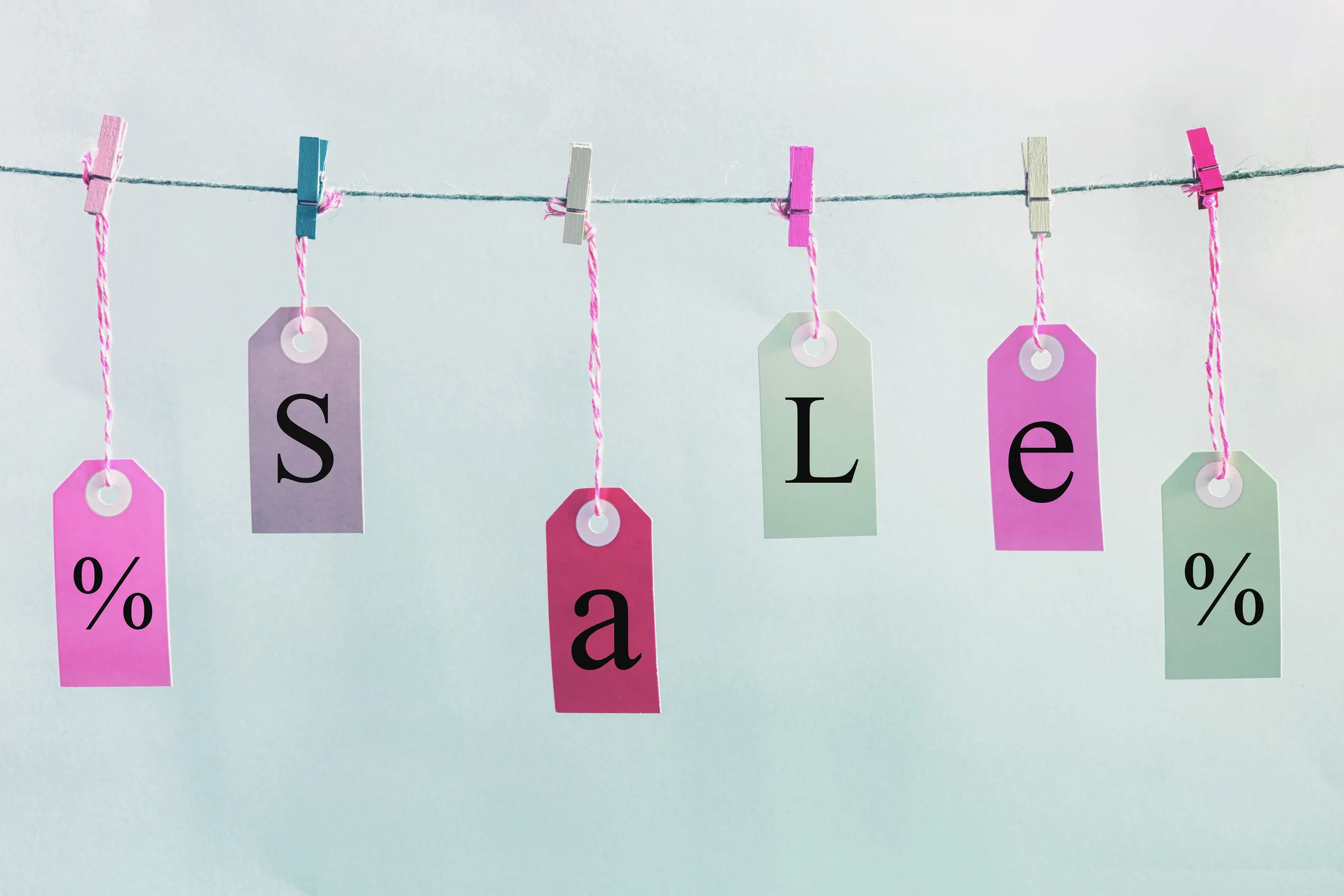
A client of ours in the watersports game is heading into their quiet season as summer draws to a close. Quiet season = less sales. So, to [...]

Artificial Intelligence (AI) is a lot like Vegemite - you either love it or hate it. But if you haven’t tried it yet, it’s worth a taste. [...]
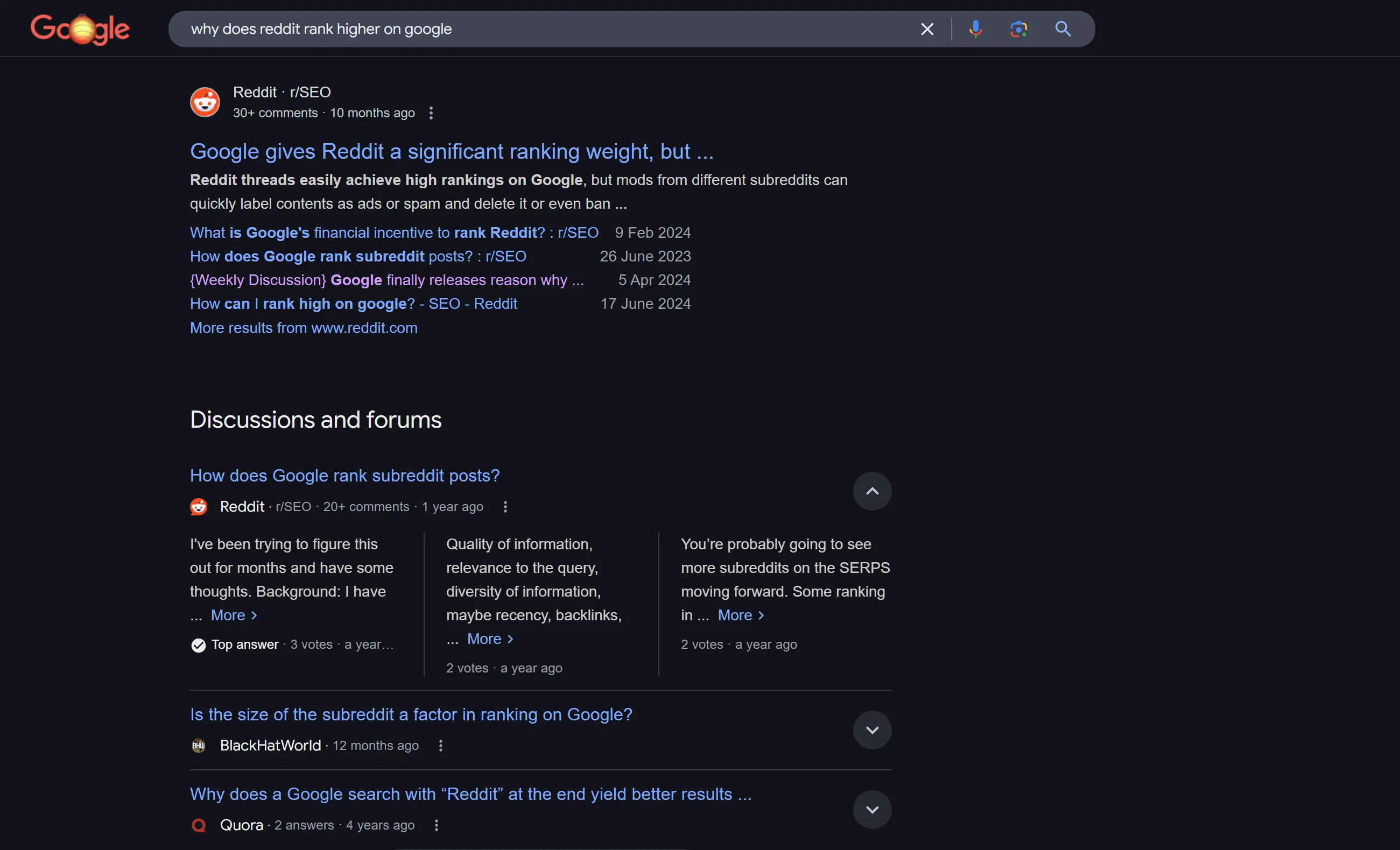
Have you noticed more Reddit and Quora threads appearing in Google search results? Whether you're looking for product recommendations or step-by-step guides, chances are you'll find a [...]

It’s a total coincidence that the title of this article rhymes, but hey, let’s make it a catch cry; thrive in 2025! This year is shaping up [...]
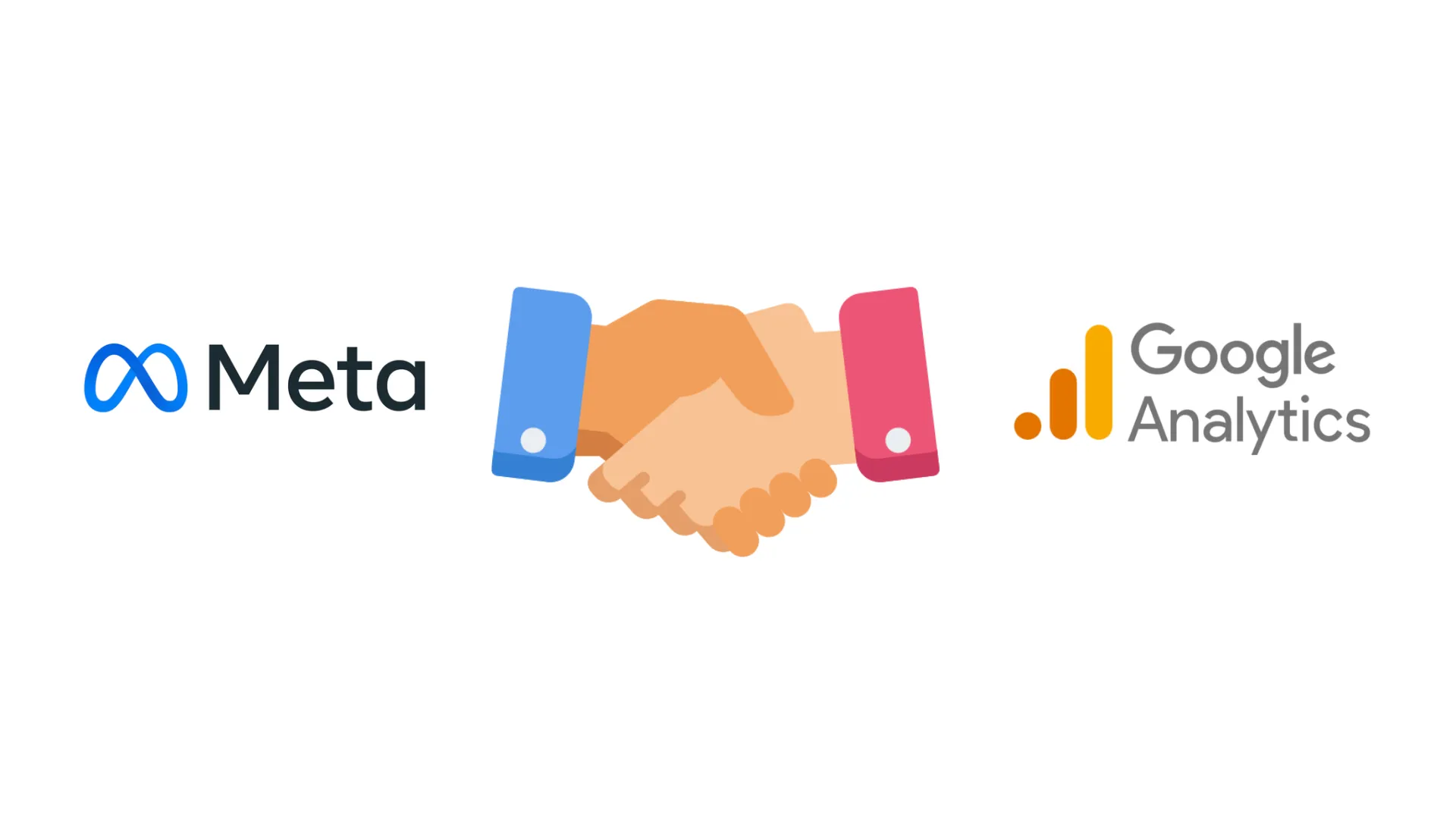
The integration we’ve been waiting for is finally here! Meta has introduced a groundbreaking connection with Google Analytics, enabling advertisers to link their Google Analytics properties to [...]

A client of ours in the watersports game is heading into their quiet season as summer draws to a close. Quiet season = less sales. So, to [...]

Artificial Intelligence (AI) is a lot like Vegemite - you either love it or hate it. But if you haven’t tried it yet, it’s worth a taste. [...]
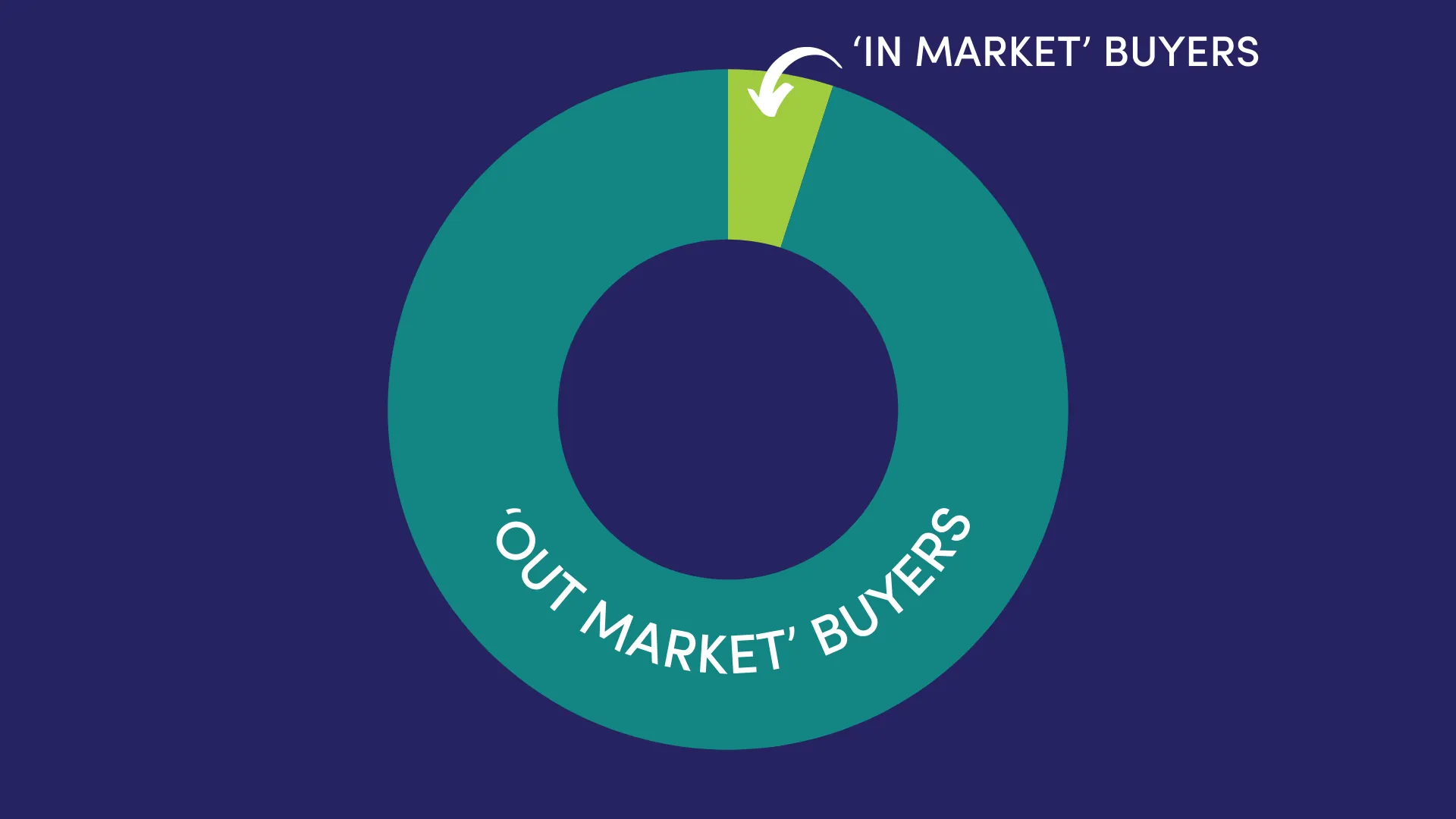
Did you know that up to 95% of your potential business clients aren’t looking to buy right now? It sounds like a small detail, but it has [...]

Social media followers are great - the more, the merrier - but how can you convert this audience into subscribers who engage with your brand on a [...]

You know how they say your dopamine levels rise when you eat chocolate? Well, we get that same feeling when we look at data. Why? Because digital [...]

Have you noticed more Reddit and Quora threads appearing in Google search results? Whether you're looking for product recommendations or step-by-step guides, chances are you'll find a [...]

It’s a total coincidence that the title of this article rhymes, but hey, let’s make it a catch cry; thrive in 2025! This year is shaping up [...]
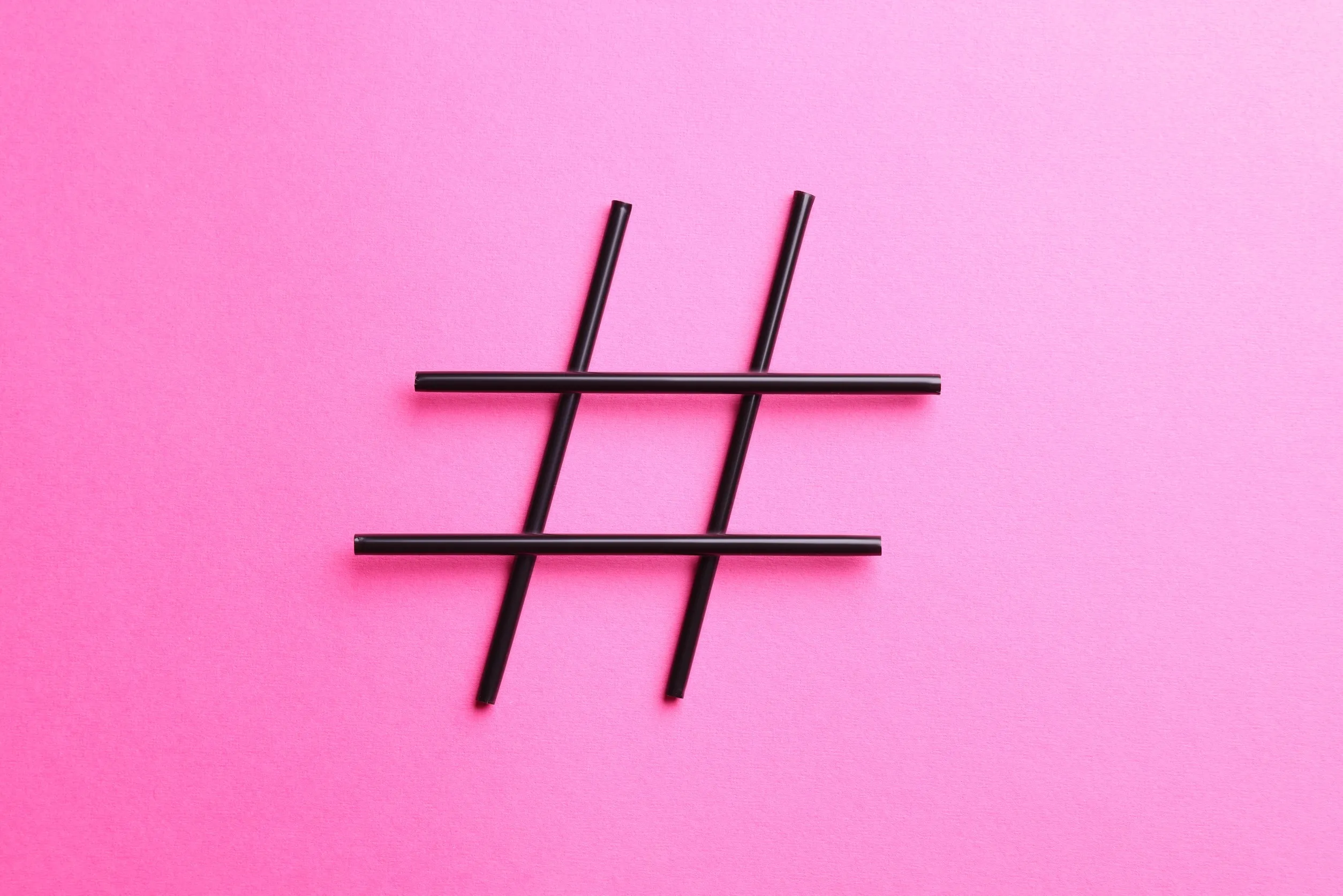
Starting December 13, 2024, Instagram is removing the ability to follow hashtags in the app. This change follows Instagram CEO Adam Mosseri’s recent video Story which explains that [...]

Consumers are becoming more emotive in their buying decisions and are craving genuine connections with brands. Enter low-fidelity (lo-fi) content. More than just a passing trend, lo-fi content [...]

